Introduction to our Puppy Socialization Checklist
As puppies grow, it is important to provide them with plenty of socialization opportunities. The more your puppy is exposed to different people and settings, the more confident they will be when they reach adulthood. This article provides a comprehensive puppy socialization checklist of places, objects and situations that you can use to socialize your pup in a safe way.
Learn about puppy socialization, how to introduce your puppy to other dogs, and how to use treats and positive reinforcement during each experience. With the right steps and plenty of patience, you can help your improve your puppy’s life and grow them into a well-rounded adult dog.
The Best Time to Socialize a Puppy: The Socialization Window
When it comes to socializing a puppy, time is of the essence. Experts agree the critical puppy socialization window for proper socialization, is between the ages of 5 and 16 weeks, also known as the socialization window.
During this time, puppies are more open and receptive to new experiences, people, and other animals around them. It is crucial to expose them to a variety of different sounds, smells, sights, textures, and social situations to prevent anxiety or fear-related behaviors later in life.
Puppy socialization at the right time can make a significant difference in their lifelong behavior and social skills. Remember, socializing your puppy is an investment in their future happiness, life, and well-being.
Stages of Puppy Socialization & Development
According to “Another Piece of the Puzzle: Puppy Development” by Pat Hastings, the socialization periods during puppyhood are crucial and have a lasting impact on the dog’s life.
Curiosity Period (5 to 7 weeks)
After weaned, puppies become very brave and curious, which makes them want to explore everything around them. They would climb, crawl, and taste things to investigate them. During this stage, they become more receptive to people and thus more social. It is the perfect time to introduce new experiences to them like their first baths, grooming sessions, and trips outside the home as they quickly recover from their fears.
Behavioral Refinement (7 to 9 weeks)
Despite their short attention span, puppies have the ability to learn anything. It is important to note that learning at this age is permanent. To ensure effective training, it is recommended to structure it based on individual needs. Puppies should be taught good habits, boundaries, and rules that apply to their new surroundings. A stable and personalized learning environment is crucial for their development. This age is also ideal to begin crate training.
Fear Imprint (8 to 11 weeks)
Puppies between the ages of 8 and 9 weeks start becoming more careful and scared of loud noises, sudden movements, unfamiliar people, food and discipline from other humans or dogs. It may take several weeks for them to recover from being frightened during this stage. If puppies are not socialized during this stage, anything that causes fear at this time will continue to frighten them throughout their lives unless they undergo extensive desensitization.
Environmental Awareness (9 to 12 weeks)
As the puppies grow, they are becoming more skilled at appropriate behaviors. They are developing their motor skills, becoming more attentive to humans, and discovering the world around them. How the puppy behaves is largely determined by the owner’s actions to socialize them. If the puppy is kept away from other dogs, they form a stronger bond with humans. On the other hand, if a puppy’s socialization is only with their littermates, they may struggle with separation anxiety.
Seniority Classification (13 to 16 weeks)
The age of independence in puppies is when they start to test dominance and leadership. This is a critical time for learning, and if they are allowed to bite, dominate children, or resist activities such as leash training, nail cutting, or having their food taken away, they are less likely to become well-behaved dogs. Attending puppy classes is important, and having them trained and handled by different people helps build their self-confidence.
Read More About Puppy Socialization Windows Here: Stages of Puppy Socialization & Development AKC
How to Socialize a Puppy Before Vaccinations
When it comes to socializing your new puppy, it’s important to start early. However, many pet owners are concerned about exposing their furry friend to germs and diseases before they have received their vaccinations which occurs around 12 weeks.
The good news is that you can still socialize your puppy safely, as long as you take a few precautions. Consider hosting playdates with children, older dogs or other puppies that you know are healthy and up-to-date on their vaccinations. You can also introduce your pup to people and different environments by taking short walks in low-risk areas.
Always supervise your dog or puppy’s interactions and pay attention to any signs of illness. By socializing your dog or puppy early on, you can help them develop the social skills and confidence they need to become well-adjusted adult dogs.
Introducing your puppy to new people, places, and experiences
Socializing your puppy is crucial for their development and will shape their behavior for the rest of their life. By exposing them to new people, places, and experiences, you are helping them to become comfortable and adaptable in any situation.
Socialization also helps prevent fear and aggression towards unfamiliar people or situations. A well-socialized puppy will also be more likely to have positive interactions with other dogs. Socialization should be a fun and positive experience for your puppy, so be sure to reward them and keep interactions brief to prevent overwhelming them.
Investing time and effort into puppy socialization will pay off in a happier, more confident companion in the long run.
How to Socialize a Puppy Properly: Three Methods
Method 1: The “100 People in 100 Days” Mass Exposure Method
The common approach is to expose your puppy to 100 different people within 100 days as a training technique. However, this method prioritizes the quantity of interactions over the quality. The belief is that the more exposure your puppy has to different environments, individuals certain sounds, and objects, the more likely it is to become comfortable with them.
The issue here is that if your puppy has had bad experiences, the method I explained earlier may not be effective. It can be particularly risky for shy puppies who may become anxious and stressed. In some cases, this method can even cause a shy puppy to display aggression.
Method 2: The “Everything is Amazing” Great Experiences Method
Another piece of advice that is often given is to have everyone who meets your puppy feed your puppy, as a means of creating a positive experience for your puppy. The idea is to feed your puppy when they see dogs, allow them to engage in play as much as possible, and generally create a positive environment. This advice is similar to the exposure method and is also well-intentioned.
The problem is that by constantly giving puppies attention and treats, they may not learn to behave calmly and could become overly excited when encountering new stimuli, people or treats in the future. This behavior can be frustrating and even unpleasant when the puppy grows up, regardless of their breed.
Method 3: A Better Technique For Socializing Puppies: A Combination of Methods
Current trends in puppy socialization typically combines both methods to ensure that a puppy’s early years are used to prepare them for their expected adult life. Our puppy socialization checklist below will guide you through these important steps.
1. Living Our Best Life: Doing All The Things The Owner Loves!
This means taking your puppy for hikes or dog parks and praising them or providing treats for staying focused while ignoring wildlife, people, and other dogs. If you are someone who enjoys hiking, or other outdoor activities, it is crucial to have a dog that can hike without any trouble.
Figure out the things you want to do most when your puppy is grown or things they are most likely to encounter and go from there. Some common items include: visiting the vet, going to the park, or visiting your family members.
Once your puppy is calm while doing all these things, start to wean off the treats and praise and start to look for new locations to try.
2. Reward Good Behavior: Focus on Me, Get a Treat!
To encourage good behavior, reward your puppy with a treat every time they look at something and then check with you. By doing so, you are positively reinforcing their actions. Initially, it may be helpful to ask others to ignore your puppy during training.
If your puppy is shy or anxious, it may be helpful to allow her to interact with strangers more often, if she wants to, in order to build her confidence. However, if you have a Labrador puppy who loves meeting new people and gets too excited, it’s important to start teaching her to calm down when greeting people.
3.Handle Frightening Situations For Your Puppy With a Sense of Calm
If your puppy seems slightly anxious about something, I allow them to handle it on their own. If they wish to back away, that’s acceptable. We take a few steps back. If they turn their head to look at the frightening object, we reward them with treats.
We then make a note to approach the “scary thing” again later. If they are extremely frightened, we depart. Attempt to calm your puppy, and we depart as soon as possible..
This method doesn’t compel the puppy to stay near something that frightens her. Instead, it instructs her how to manage her fear in your presence. The puppy understands that you will allow her to retreat and provide petting or treats as needed. This support can increase the puppy’s confidence and assist in developing bravery.
While each puppy owner’s experience may vary, it is generally advised to reward your puppy for behaving calmly and focusing on you. This includes acknowledging the world around them and interacting with you in a composed and positive manner rather than displaying hyperactivity or fear.
If there’s a behavior or stimuli that your puppy isn’t ready for or that you don’t like, you can use treats or pick them up to remove them from the situation. After that, you can try again later with an easier version of the same scenario.
Socializing with Classes: Puppy Kindergarten
Puppy Socialization classes for your little pooch can be a crucial step in their development. During these puppy classes, your puppy can learn to socialize with other dogs, humans, and different environments.
It is a good idea to attend puppy classes for pup parents as well as you will learn from a dog trainer how to train your pup with positive reinforcement and avoid negative reinforcement.
In addition, socialization classes can prevent future serious behavioral problems and issues such as aggression, fear, and separation anxiety. Socialization classes may also provide opportunities for you to bond with your puppy and learn obedience training techniques.
Overall, investing time and effort in puppy socialization classes can lead to a happy and confident dog that will bring joy to your family for years to come.
Puppy Socialization Checklist / PDF
It is crucial to socialize a puppy early, about they time they reach 5 weeks of age. This socialization period is a time-bound process, and it is easier and more advantageous to expose young puppies to different people and situations while they are still in their initial growing phase, rather than with an adult dog.
To create positive associations, use treats during exposure and save several for each experience. If your puppy is scared and refuses treats, reduce the intensity of the situation until he feels comfortable taking treats again. This may involve using more distance, providing some space, or temporarily taking him away from the situation.
To help your puppy feel confident around new experiences, it’s important to continue exposing them to different, moving objects, places and situations. This involves repeating these positive experiences over time. To ensure your puppy succeeds, start building positive associations with as many new experiences as you can, and make sure to do it often.
We have included the below items as a puppy socialization checklist. Click here for a Printable PDF Version of the Below Items
Body Handling
- Check the Ears
- Examine the Mouth & Gums (introduce a toothbrush)
- Open the Eyelids
- Squeeze the Feet
- Handling and Trimming Nails
- Pinching Their Skin
- Cradling Your Puppy
- Holding the Puppy on Its Back
- Grabbing the Collar
- Touching the Puppy’s Tail
Visual & Noises
- Sirens
- Fireworks
- Car Horns
- Thunderstorms
- Crowds of People
- Wheelchairs
- Cars
- Trucks
- Doorbells
- Skateboards
- Airplanes
Places
- Planned Kennel or Boarding
- Pool, Lake, Beach, or River (Water)
- Pet Store
- Parks
- Dog Friendly Restaurant
- Dog Friendly Events
- Dog Training Class Locations
- Veterinarian
- Friends and Families Homes
People
- Woman
- People of Different Ethnicities
- Tall Men
- Men with Beards or Facial Hair
- Men with Deep Voices
- People Wearing Hats
- People Wearing Sunglasses
- People Wearing Backpacks
- People Walking w/ Canes/Walkers
- Teenagers
- Toddlers
- Infants
- Older Children Playing
- People Running
Objects & Flooring
- Pots & Pans
- Brooms
- Bath Tub
- Umbrellas
- Bags
- Sidewalk / Fire Hydrant
- Garbage Cans
- Vacuum Cleaners
- Escalators
- Elevators
- Tile Floors
- Wet Brass
- Wood Floors
- Carpet
Animals
- Puppies
- Adult Male Dogs
- Adult Female Dogs
- Kittens
- Cats
- Pocket Pets
- Farm Animals
Looking for great places to socialize your dog? Check out Furlyfe.com places to find local parks, beaches, trails for dogs. Click Here
How to Introduce Your Puppy to Other Dogs
As a new puppy owner or dog trainer, it’s important to introduce your furry friend to other canines in a positive and safe way. The first step is to observe your puppy’s body language and personality before introducing them to other dogs.
This allows you to determine how your pup reacts to new situations and what type of dogs they get along with best. When it’s time for the initial meeting, it’s best to do so in an open and neutral place, such as a park or backyard.
Keep both dogs on their leashes and allow them to approach each other slowly. If everything goes well, allow them to interact while keeping a close eye on their behavior. Don’t forget to praise and reward good behavior with treats and vocal praise. With patience and preparation, your puppy will be socializing with other dogs in no time.
Final Thoughts on the Puppy Socialization Checklist
In conclusion, puppy socialization is an important part of the development process. With the right preparation and exposure, your pup can learn to be comfortable and confident in new environments, with different types of people and other animals.
Referring to our socialization checklist, and taking into account your furry friend’s unique personality and needs can help you ensure they have a positive and safe experience each time. With proper puppy socialization, your pup will be an amazing addition to any home!

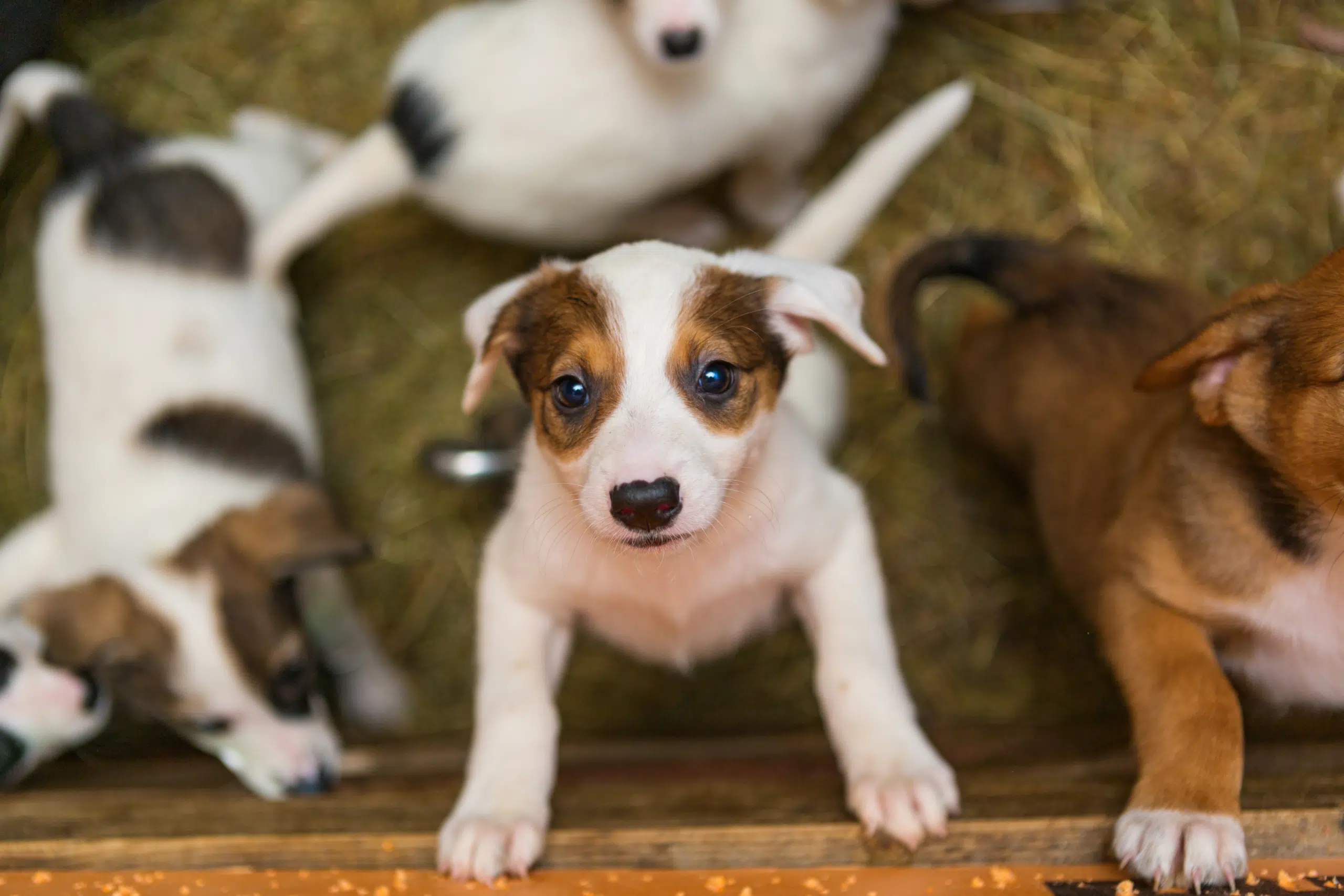

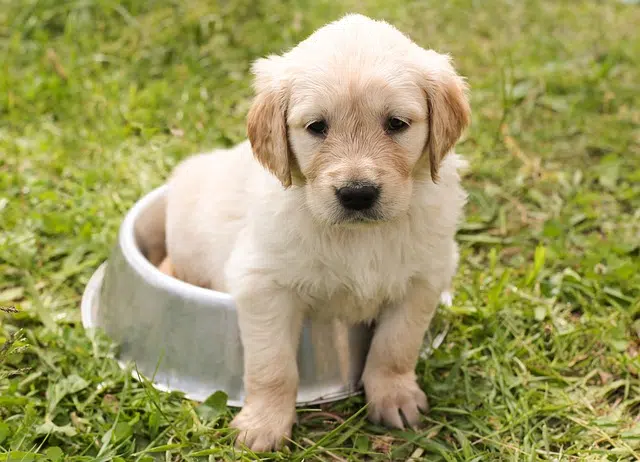
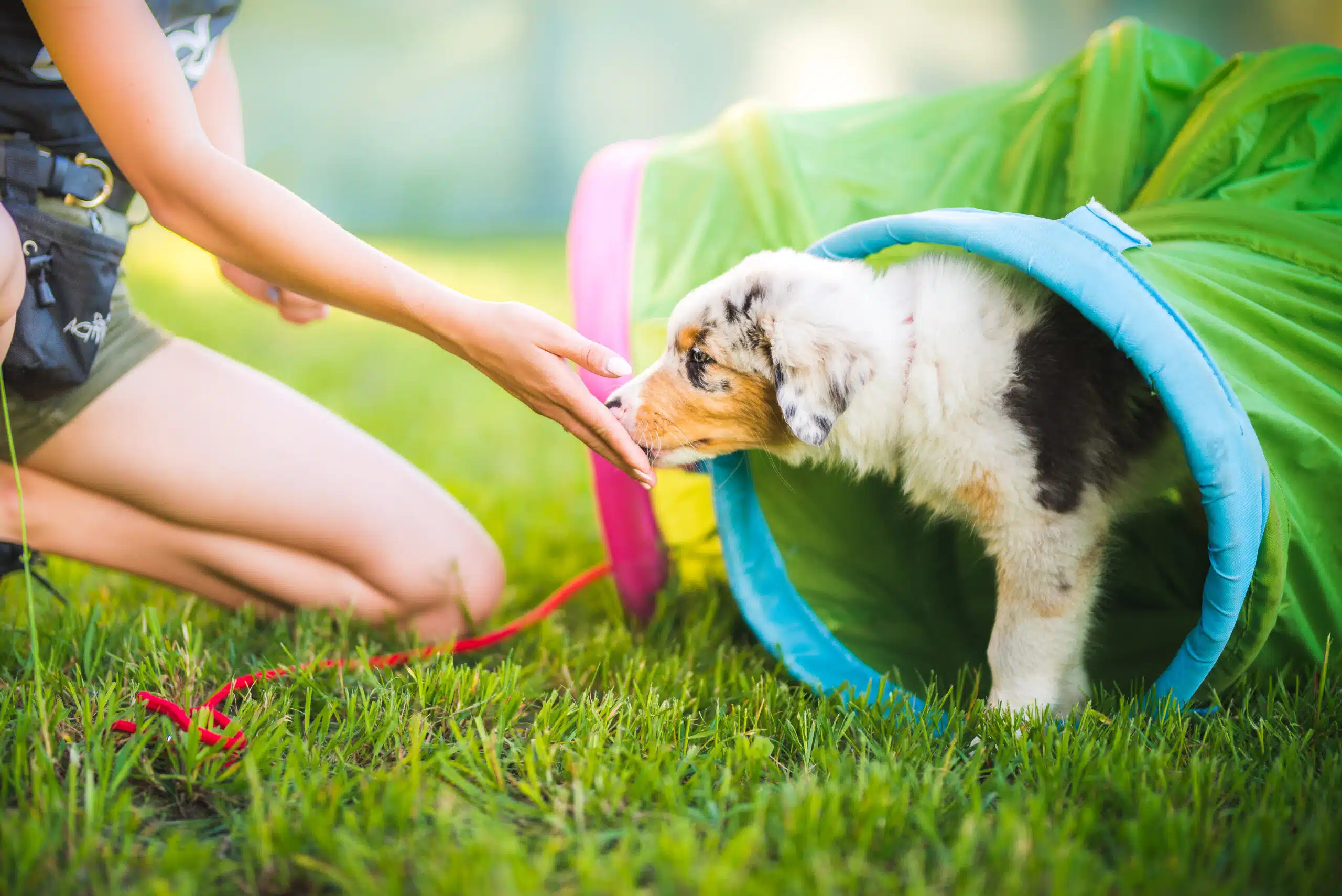

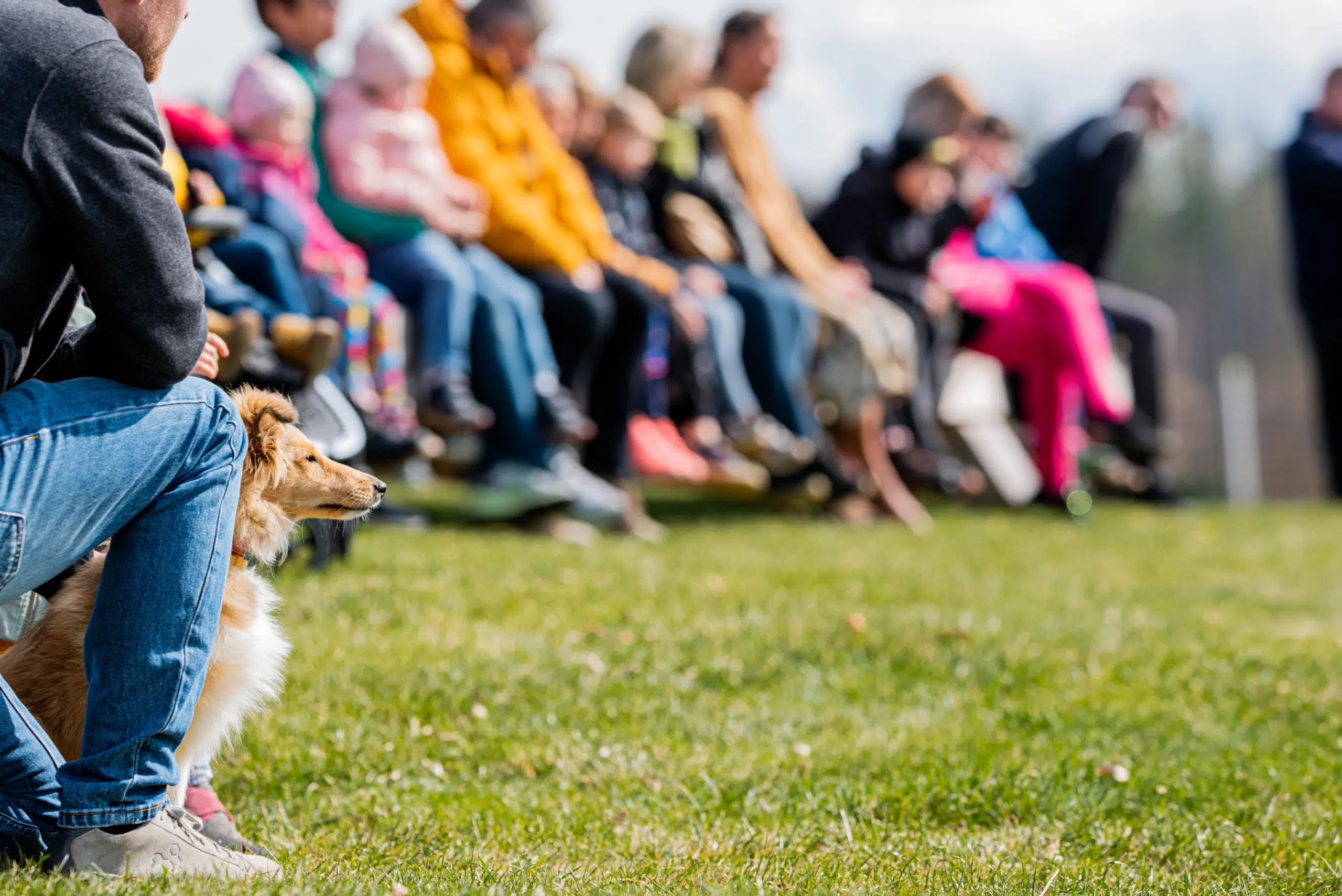
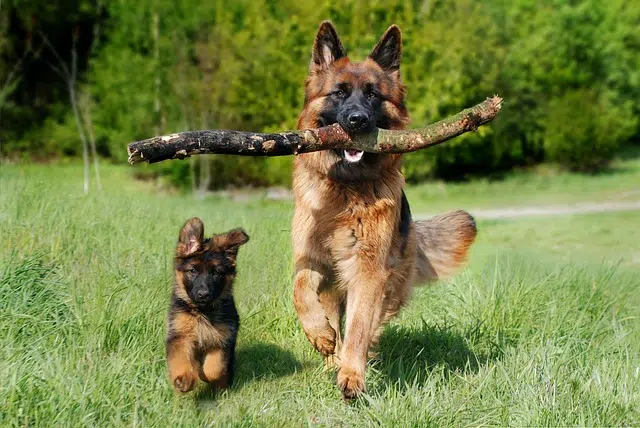

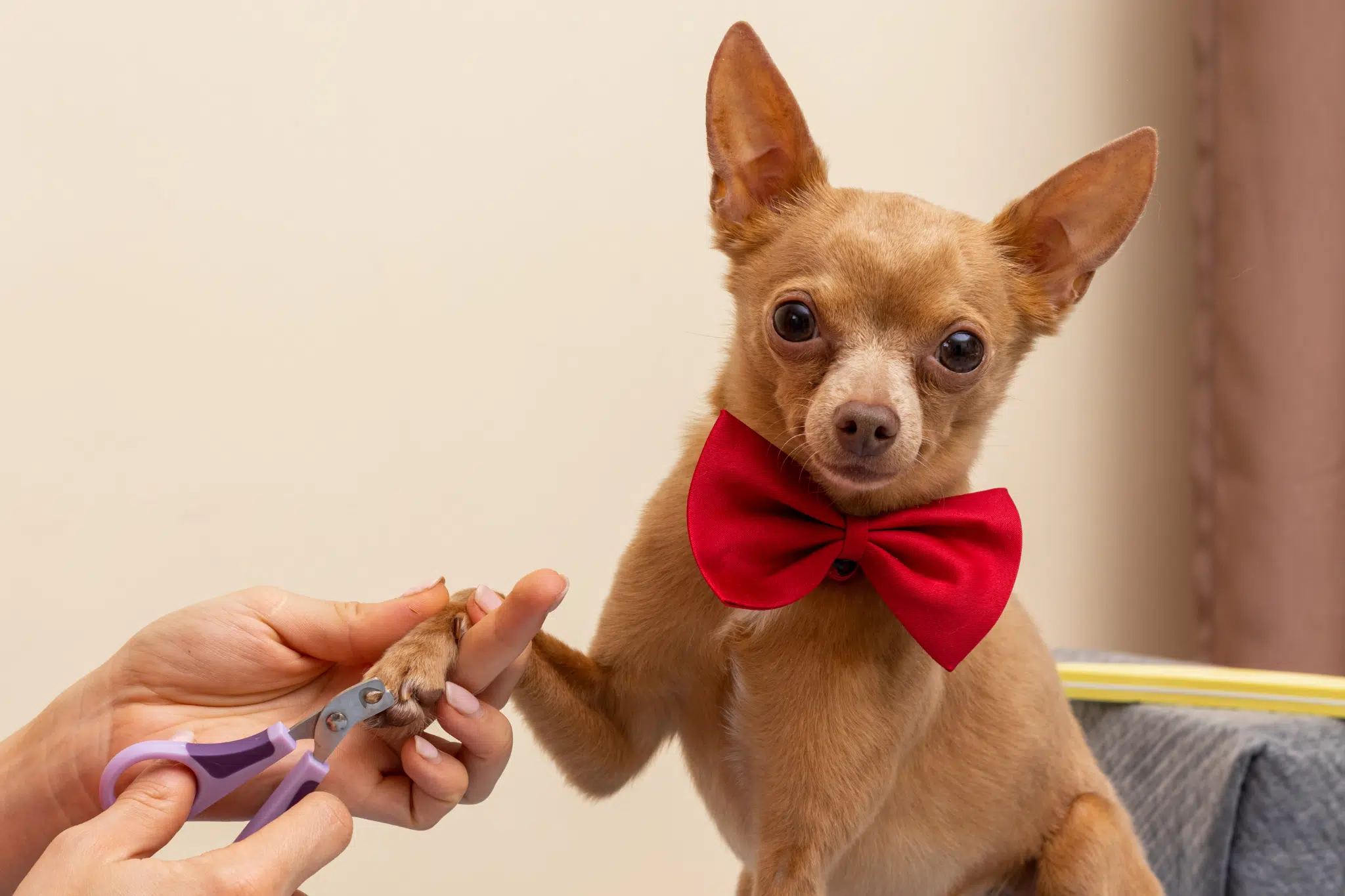
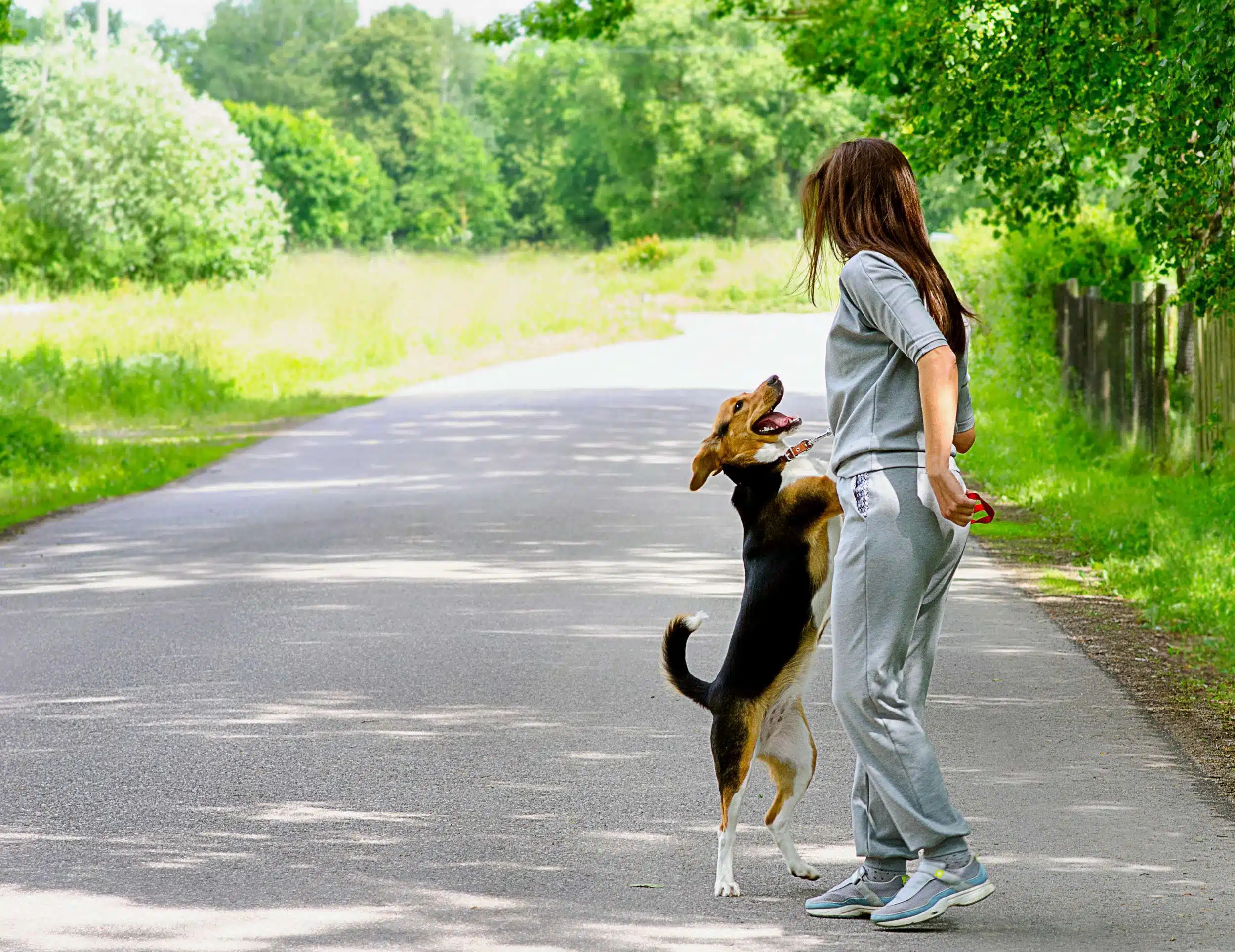
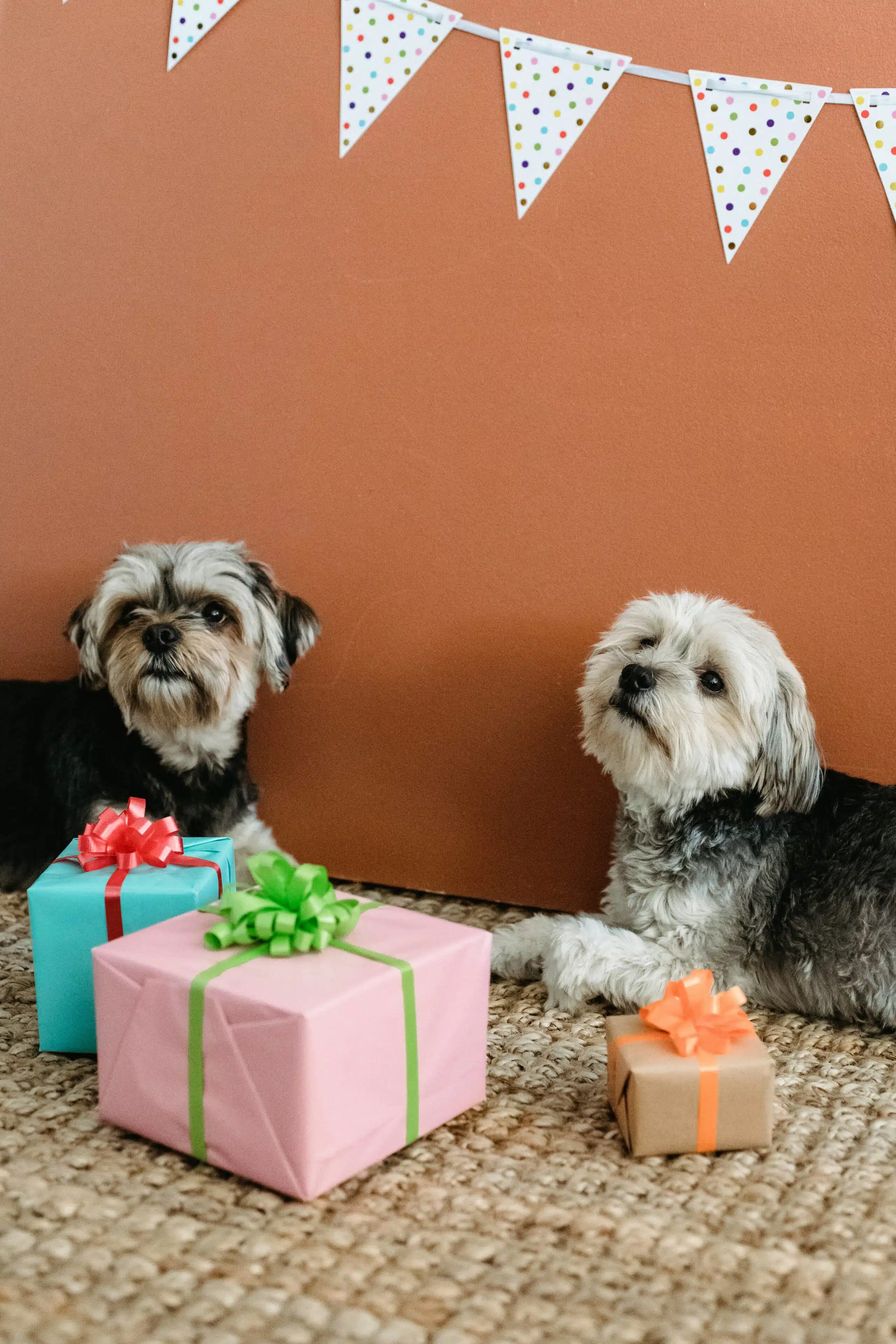
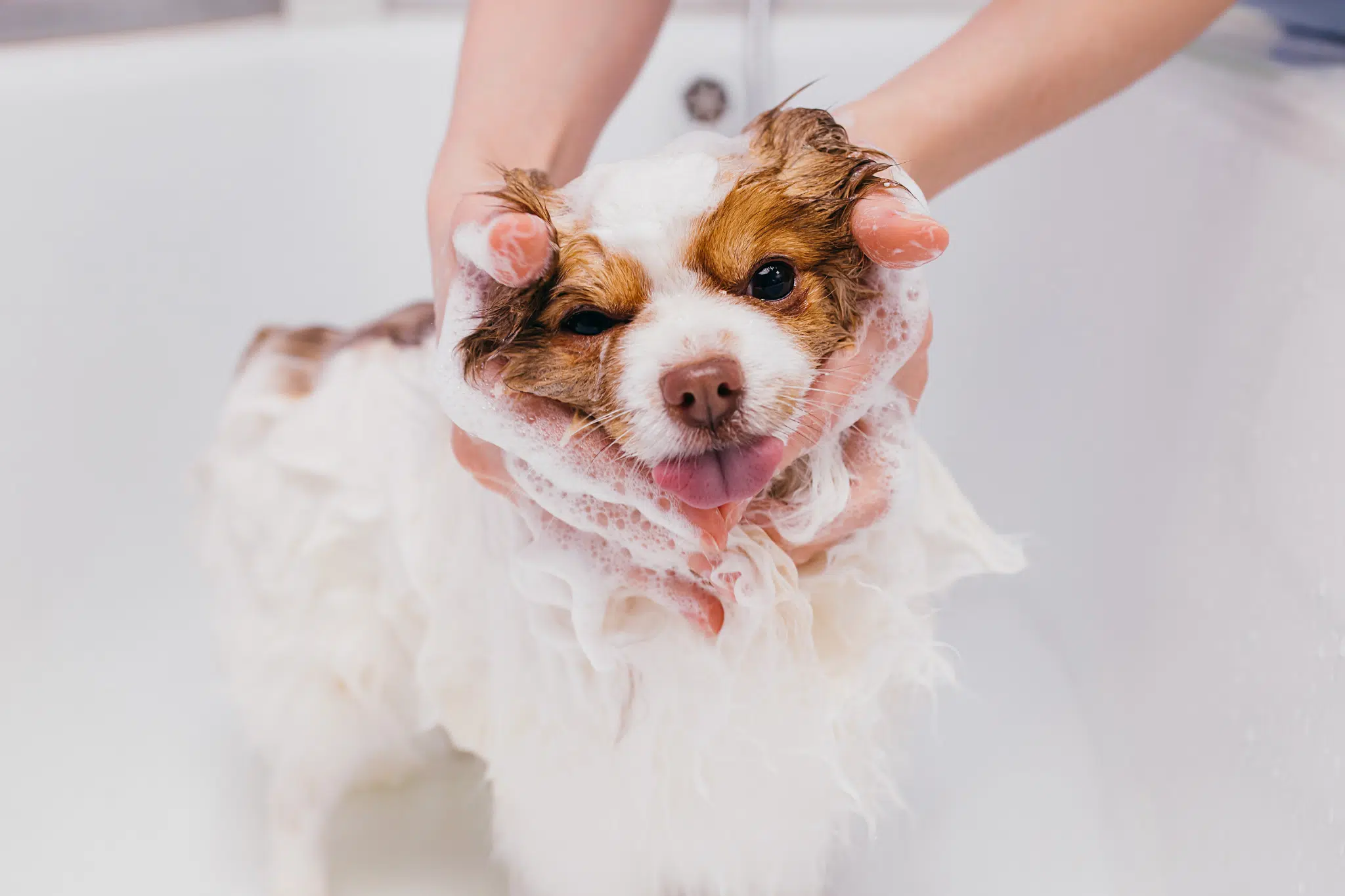

Get involved!
Comments